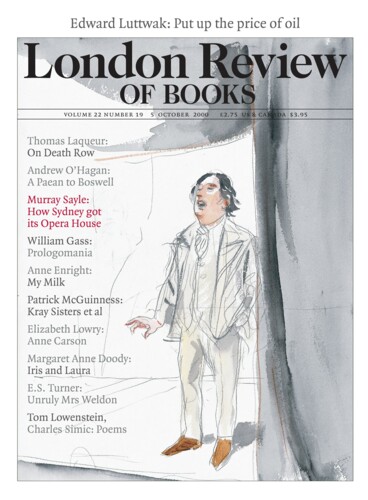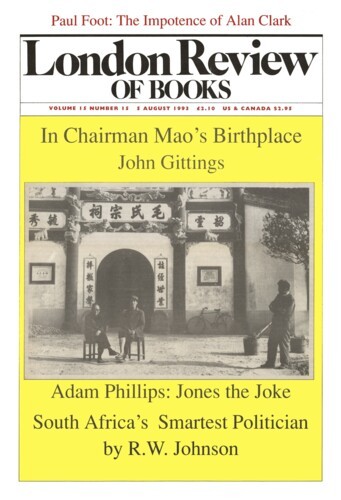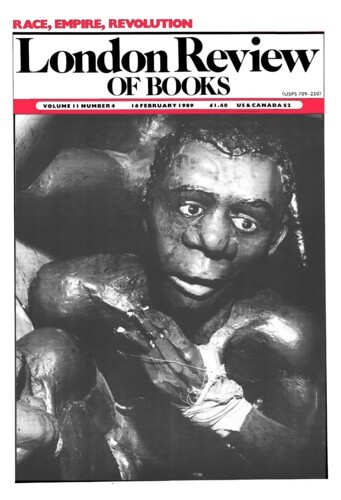Poem: ‘Conversation with Murasaki’
Tom Lowenstein, 14 December 2006
Murasaki – I imagined a dye the colour of mulberries. A burnet moth’s underwing.
She brushes past Sei Shonagon. Sleeves in tension. Both brushes charged with silken resistance.
When she sang it was brocade. When she modestly whispered, a most delicate embroidery.
‘Her sash matched her robe. But did you notice the lining of her sleeve? I could have laughed all evening!’
...




